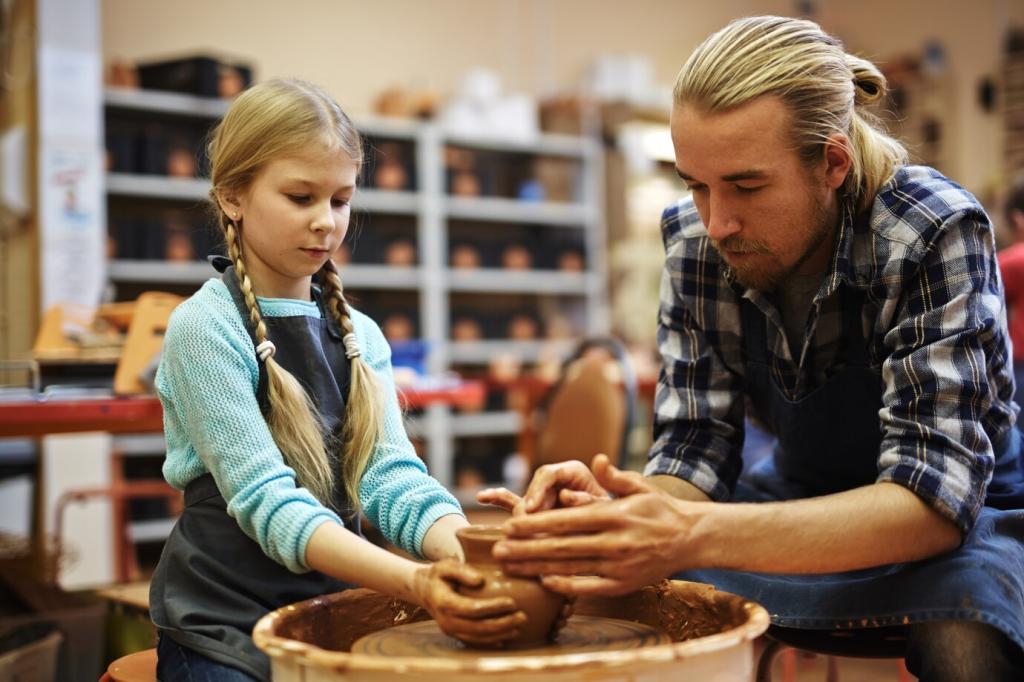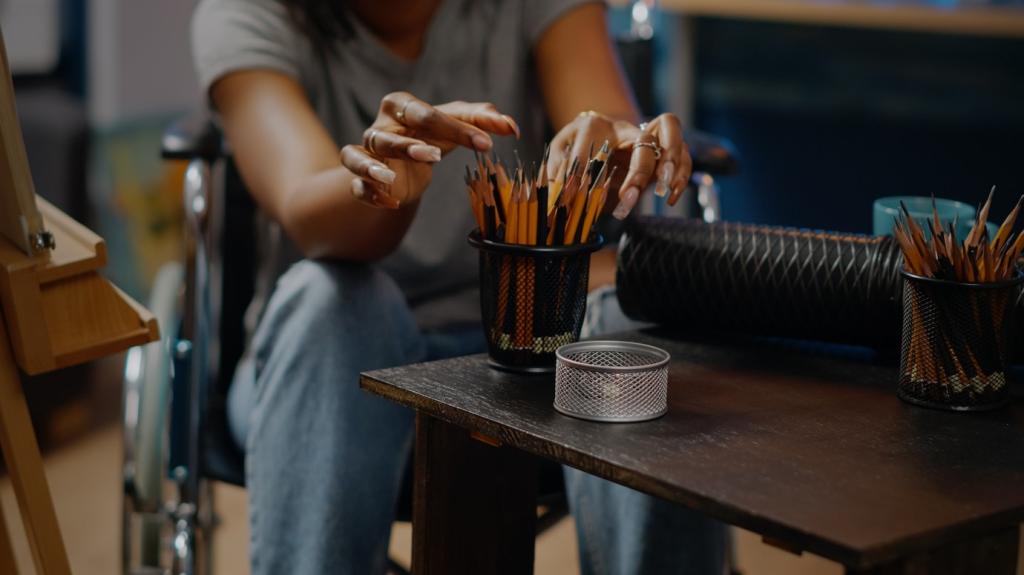Material Spotlight: Plant, Earth, and Animal Fibers
Hemp for durability, linen for breathability, and jute for rustic strength—each plant fiber tells a different story. Growers often use fewer inputs with flax compared to cotton, making linen a water-wise choice. Consider nettle or ramie when you crave texture and heritage.
Material Spotlight: Plant, Earth, and Animal Fibers
Clay, stone, and lime-based plasters invite slow processes and tactile calm. Air-dry clays reduce energy use, while low-fire ceramics offer mindful energy choices. When you sculpt or shape, remember that these materials connect directly to the land beneath your feet.





